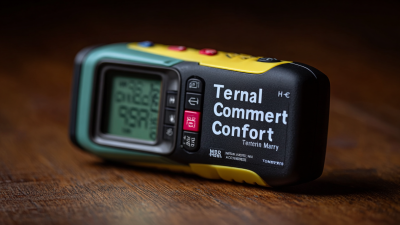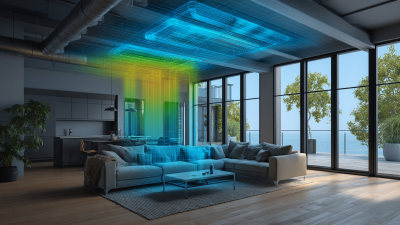
-
Home
-
Product Center
-
Application
-
Support
-
JT Cloud
-
About Us
-
Contact Us
Leave Your Message

The 138th China Import and Export Fair in 2025 witnessed the unveiling of groundbreaking Thermal Comfort Meter solutions, reflecting the industry's ongoing commitment to enhancing environmental comfort. According to a recent market report by MarketsandMarkets, the global thermal comfort measurement market is projected to reach USD 1.5 billion by 2026, fueled by rising awareness of the importance of indoor climate control across various sectors, including residential, commercial, and industrial environments. These innovative solutions not only facilitate precise monitoring of temperature, humidity, and air quality but also contribute significantly to energy efficiency and sustainability goals.
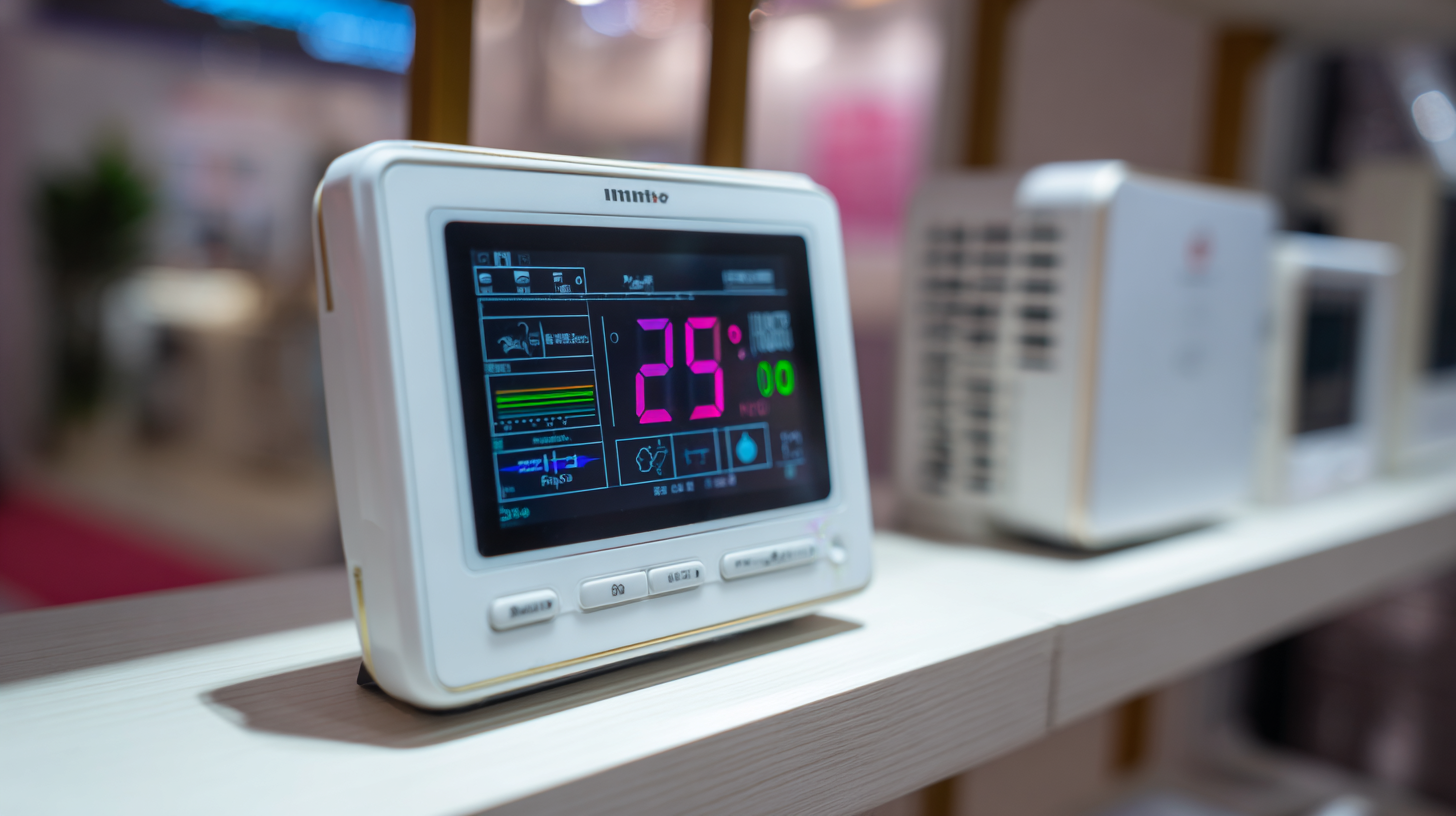
As the demand for healthier living and working spaces escalates, the introduction of advanced Thermal Comfort Meters at this prestigious event sets the stage for transformative developments in the field of environmental comfort, aligning with the growing trends in smart building technology and well-being standards.
At the China Import and Export Fair in 2025, innovative thermal comfort meters showcased groundbreaking features designed to enhance user experience and efficiency. These devices utilize advanced sensors and AI algorithms to analyze environmental conditions in real-time, allowing users to understand their surroundings better and adjust settings accordingly. The ability to measure variables such as temperature, humidity, and air quality ensures that the meters provide a comprehensive overview of thermal comfort levels in various settings, from homes to workplaces.
Moreover, the new thermal comfort meters emphasize user-friendliness through intuitive interfaces and smartphone integration. With mobile applications, users can conveniently monitor and control their indoor climates remotely, receive alerts on unfavorable conditions, and access historical data for informed decision-making. These innovations reflect a commitment to promoting well-being in living and working spaces, making thermal comfort meters an essential tool in today's climate-conscious world.
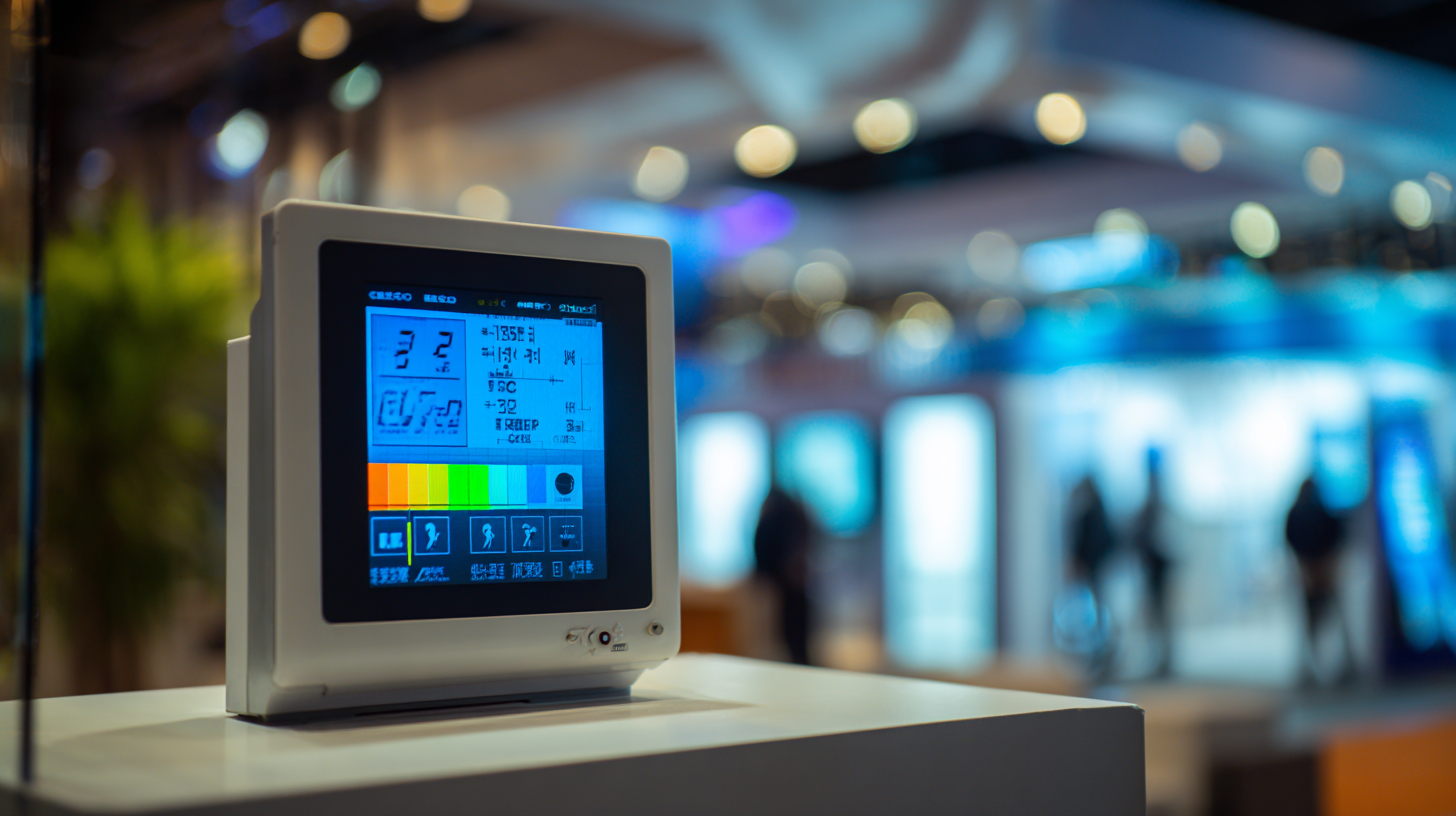
Key industry players have come together at the 2025 China Import and Export Fair to unveil groundbreaking thermal comfort meter solutions, marking a significant step towards sustainable technologies in urban living. The collaboration highlights the growing awareness within the industry regarding energy efficiency, especially as buildings account for approximately 40% of global energy consumption, according to the International Energy Agency (IEA). With thermal comfort meters, stakeholders aim to enhance occupant comfort while simultaneously minimizing energy usage in residential and commercial spaces.
In recent years, advancements in sensor technologies have made it possible to develop innovative metrics for thermal comfort, allowing for real-time data collection and analysis. The new solutions presented during the fair leverage AI algorithms and IoT connectivity to optimize heating and cooling systems based on user preferences and environmental conditions. A report by MarketsandMarkets indicates that the smart building market is expected to grow to $109.48 billion by 2025, driven by the demand for energy-efficient solutions. As industry leaders collaborate on these initiatives, the potential for improved sustainability in urban environments continues to expand, setting a precedent for future innovations.
| Solution Type | Key Features | Sustainability Aspect | Target Market | Expected Release Date |
|---|---|---|---|---|
| Smart Thermo-Sensors | Real-time temperature and humidity monitoring | Low energy consumption | Residential and Commercial | Q2 2026 |
| IoT-Enabled Comfort Meters | Cloud connectivity for remote monitoring | Waste reduction through optimized usage | Smart Buildings | Q3 2026 |
| Portable Thermal Comfort Analyzers | Lightweight with battery-operated design | Recyclable materials used | Field Research | Q1 2027 |
| Advanced HVAC Control Systems | AI-driven climate adaptation | Enhanced energy efficiency | Industrial and Commercial | Q4 2026 |
| Thermal Comfort Data Analytics Tools | Comprehensive data reporting and visualization | Optimizes resource allocation | Consulting Firms | Q1 2027 |
At the China Import and Export Fair in 2025, innovative thermal comfort meter solutions were unveiled, showcasing a significant advancement in thermal comfort technology. These developments focus on creating a more optimal living environment while simultaneously enhancing energy efficiency. By accurately measuring and adjusting indoor temperatures based on real-time data, these solutions allow buildings to use energy more judiciously. This not only reduces energy consumption but also contributes to lower operational costs.
The introduction of advanced thermal comfort technology is a game-changer for energy management in various sectors. With the ability to analyze and adapt to individual preferences, these systems can minimize energy waste by dynamically adjusting heating and cooling outputs. As a result, they play a crucial role in promoting sustainability and reducing carbon footprints. Additionally, the integration of such technologies can lead to increased occupant satisfaction, as the environments become more tailored to personal thermal comfort needs. The fair highlighted the potential for these innovations to drive progress in energy efficiency and environmental stewardship.
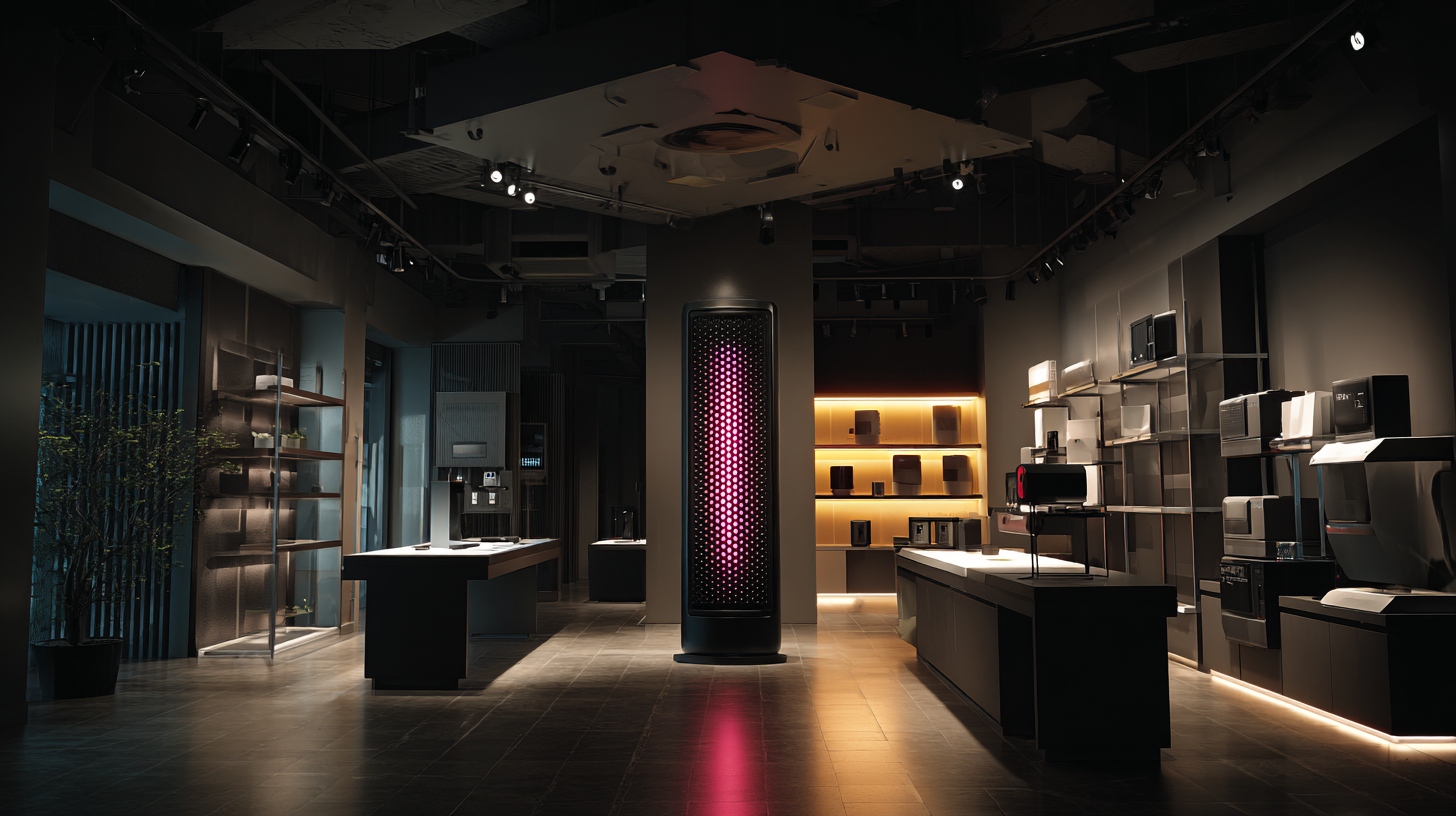 At the China Import and Export Fair in 2025, innovative thermal comfort meters have emerged, emphasizing the increasing focus on consumer insights regarding personalization and usability. Studies indicate that traditional air conditioning control strategies often overlook the diverse thermal comfort needs of individuals in office settings. A recent prediction model for personalized thermal comfort, utilizing non-skin contact wearable devices, reveals significant variations in comfort preferences that demand tailored solutions.
At the China Import and Export Fair in 2025, innovative thermal comfort meters have emerged, emphasizing the increasing focus on consumer insights regarding personalization and usability. Studies indicate that traditional air conditioning control strategies often overlook the diverse thermal comfort needs of individuals in office settings. A recent prediction model for personalized thermal comfort, utilizing non-skin contact wearable devices, reveals significant variations in comfort preferences that demand tailored solutions.
The demand for personalization in thermal comfort devices is underscored by a scoping review that highlights the existing gaps in the methodologies for measuring subjective comfort metrics of wearable thermoregulating devices. It points toward a pressing need for standardization to ensure that these devices effectively meet consumers' varying needs. Industry reports suggest that personalized thermal comfort solutions can improve workplace productivity by up to 20%, showcasing the importance of user-centric designs.
Tips: When selecting thermal comfort devices, prioritize those with adjustable settings that cater to individual preferences. Always look for products supported by data-driven methodologies that validate their effectiveness in enhancing comfort. Engaging with devices that offer real-time feedback can also result in improved personal satisfaction and energy efficiency.
At the 2025 China Import and Export Fair, the unveiling of innovative thermal comfort meter solutions marks a significant advancement in the measurement and assessment techniques within the indoor climate industry. Recent studies indicate that approximately 80% of buildings do not meet ideal thermal comfort standards, impacting occupant productivity and well-being. Understanding this challenge, industry leaders are now prioritizing integrated solutions that leverage advanced sensors and data analytics to provide real-time insights into thermal comfort levels.
Future trends suggest a shift towards more personalized thermal comfort assessments, employing AI-driven algorithms that adapt to individual preferences. According to a report by the International Society of Indoor Air Quality and Climate (ISIAQ), a personalized approach could enhance comfort levels by up to 30% in commercial spaces. Furthermore, the integration of IoT technologies into thermal comfort solutions is expected to streamline energy consumption, with projections indicating a potential reduction of up to 20% in energy usage by optimizing HVAC systems based on real-time comfort data. This transformation not only emphasizes the importance of occupant comfort in building design but also reflects a growing trend towards sustainability in the industry.

